HANS HOFMANN (1880-1966)
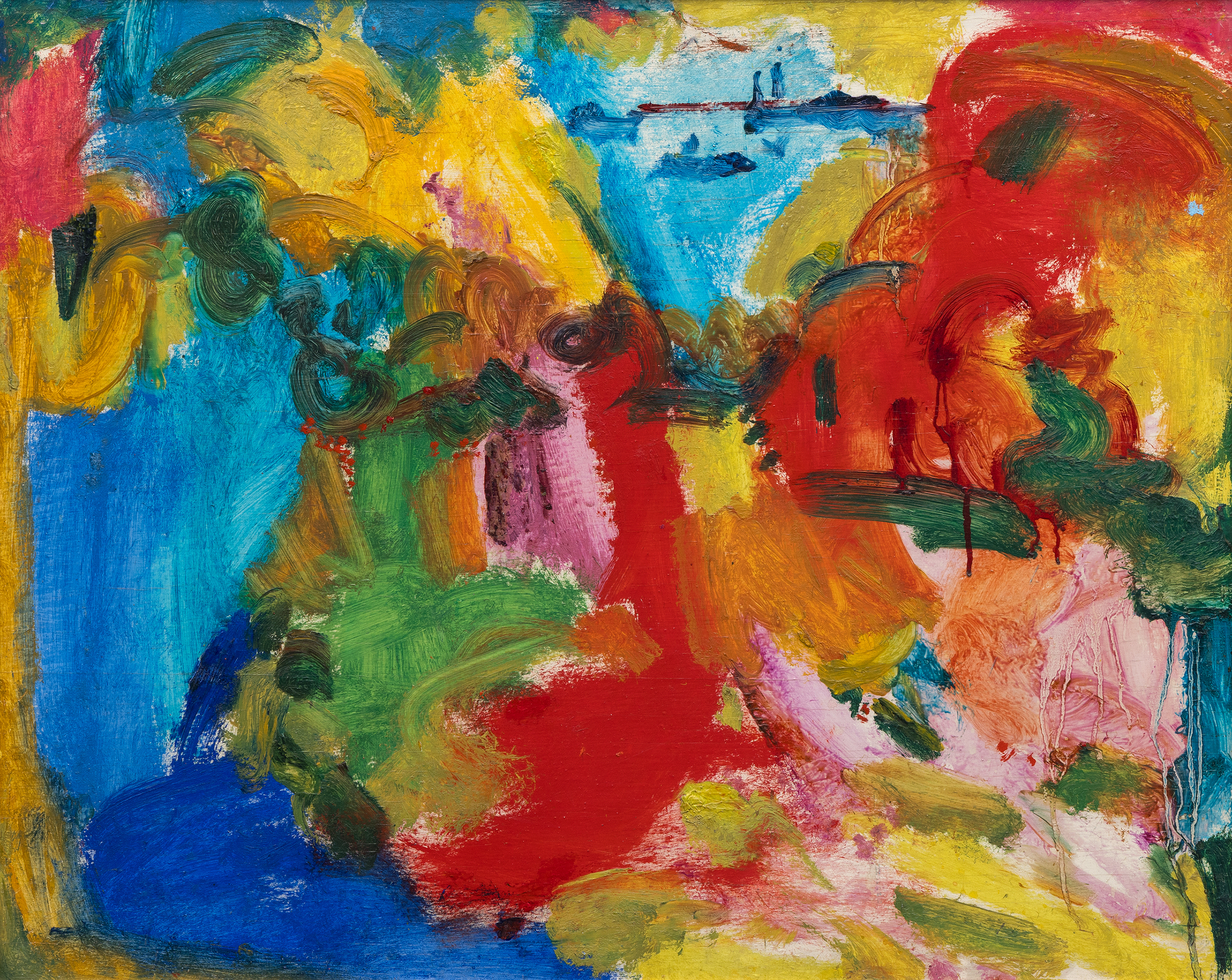
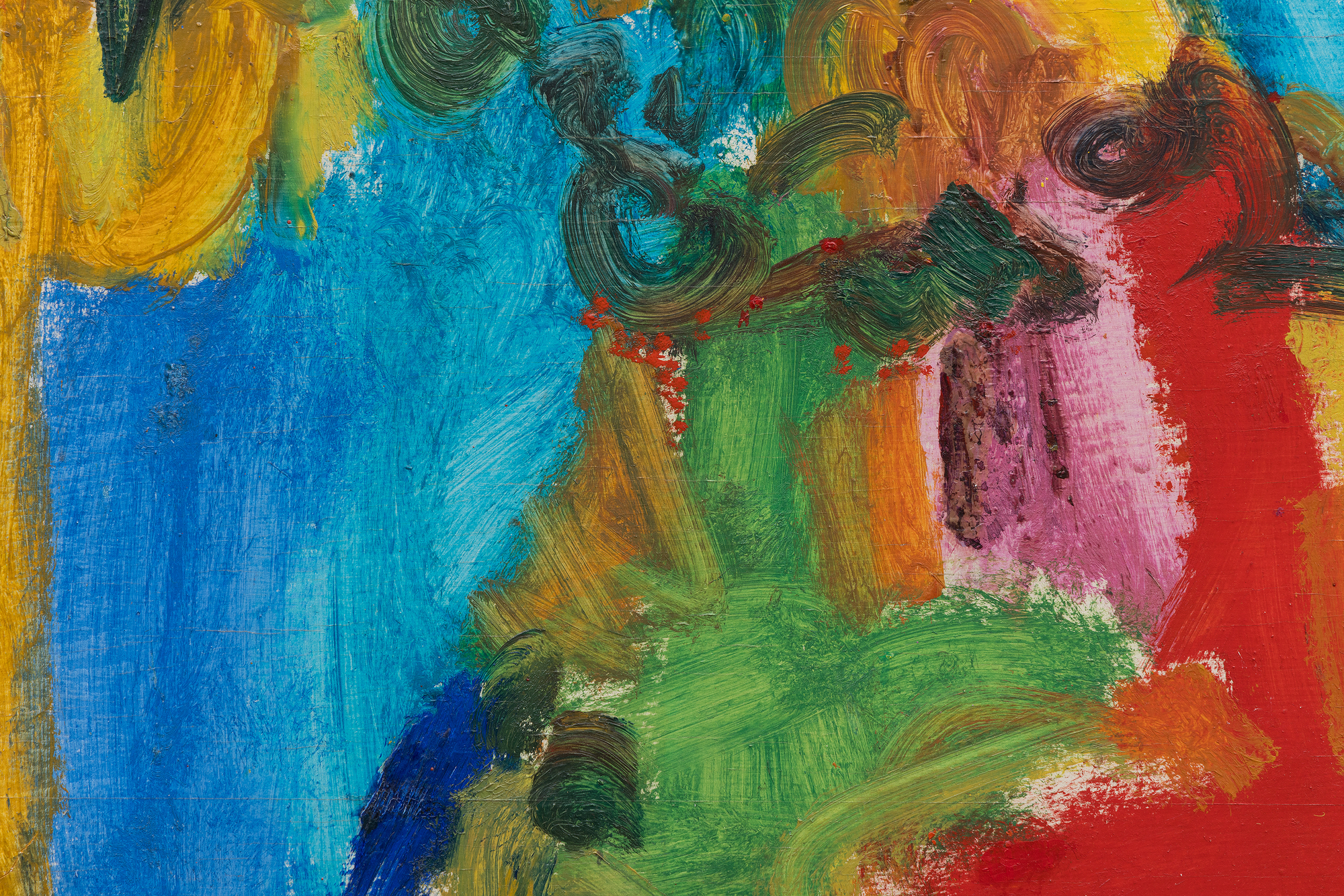
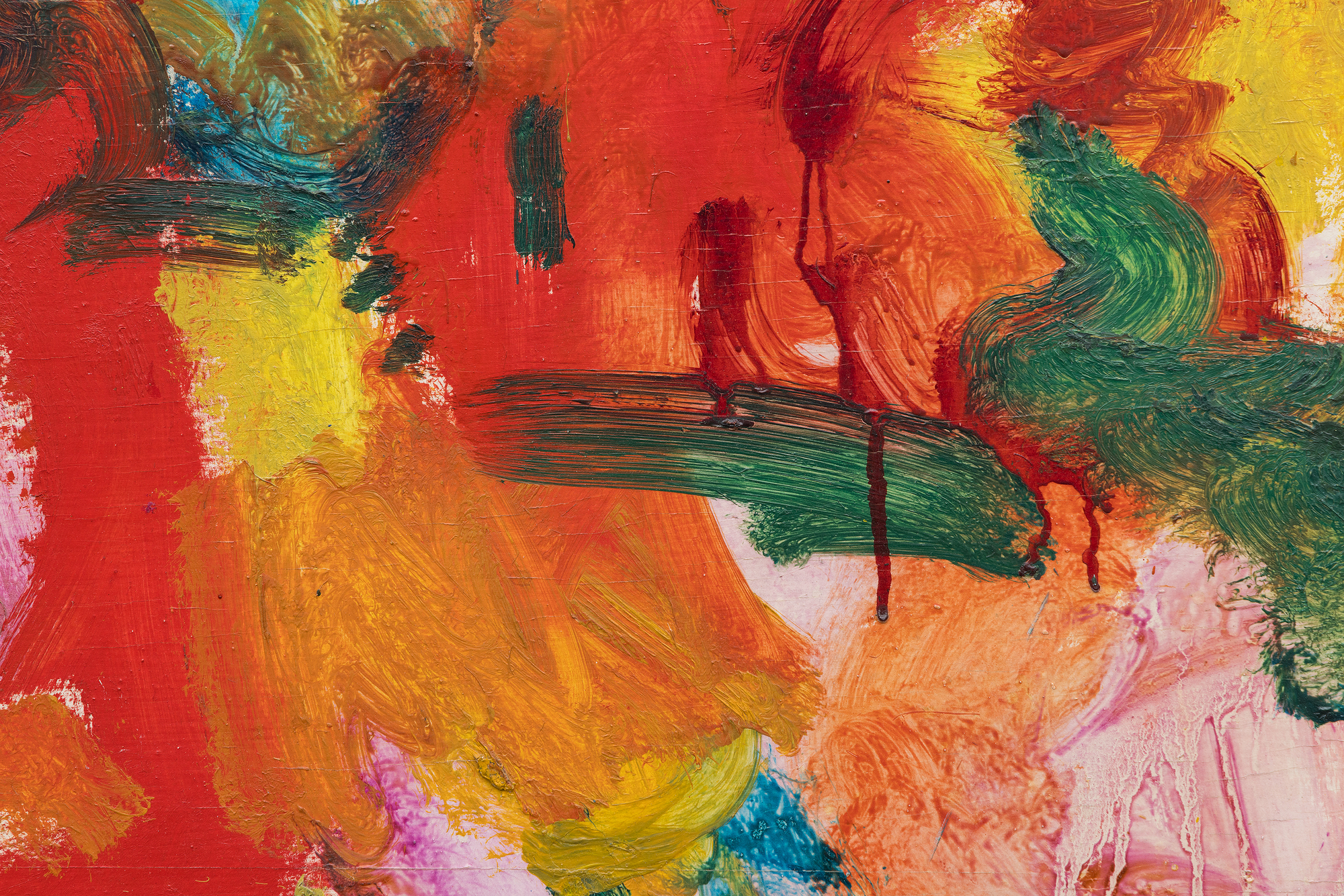
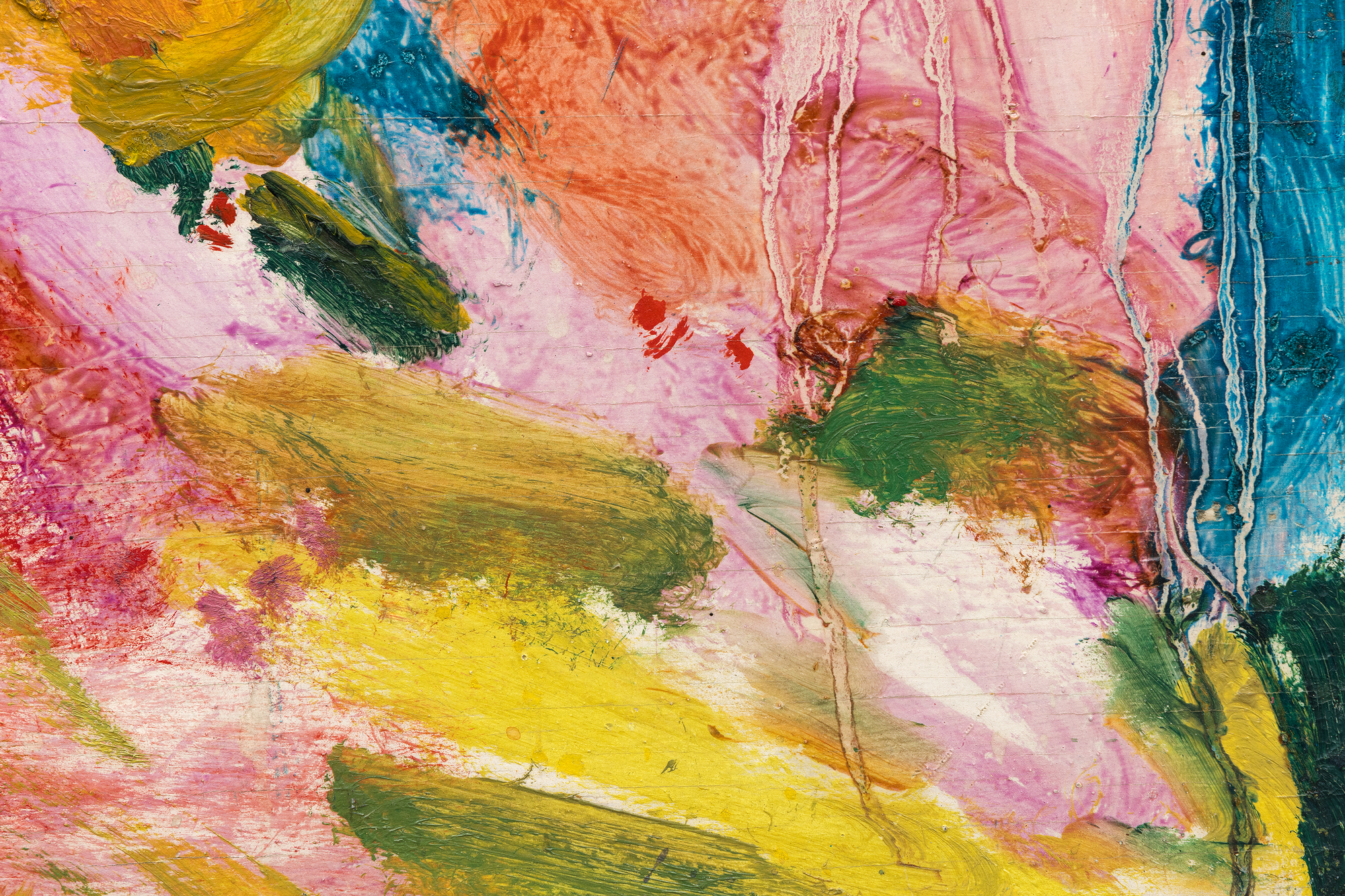
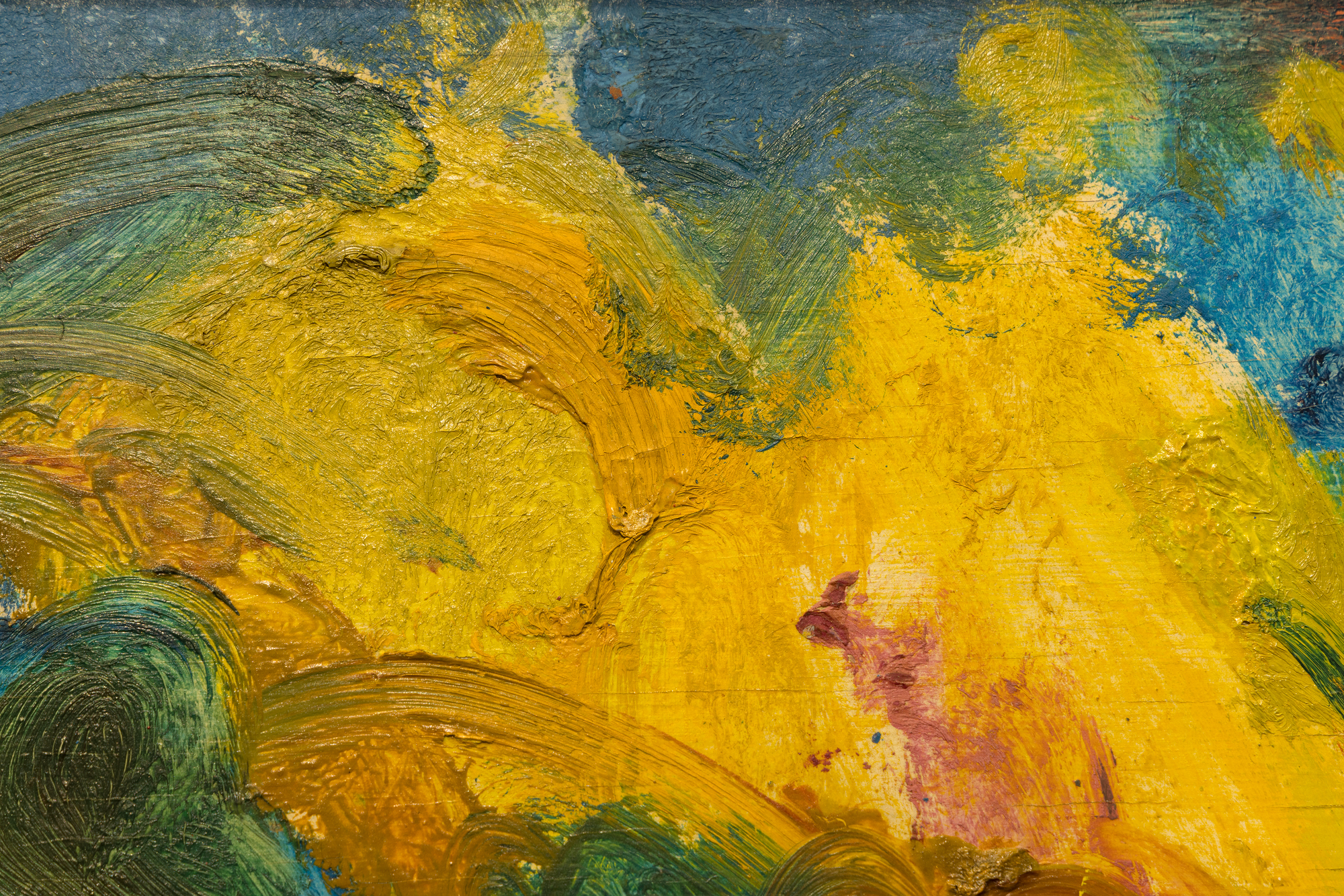

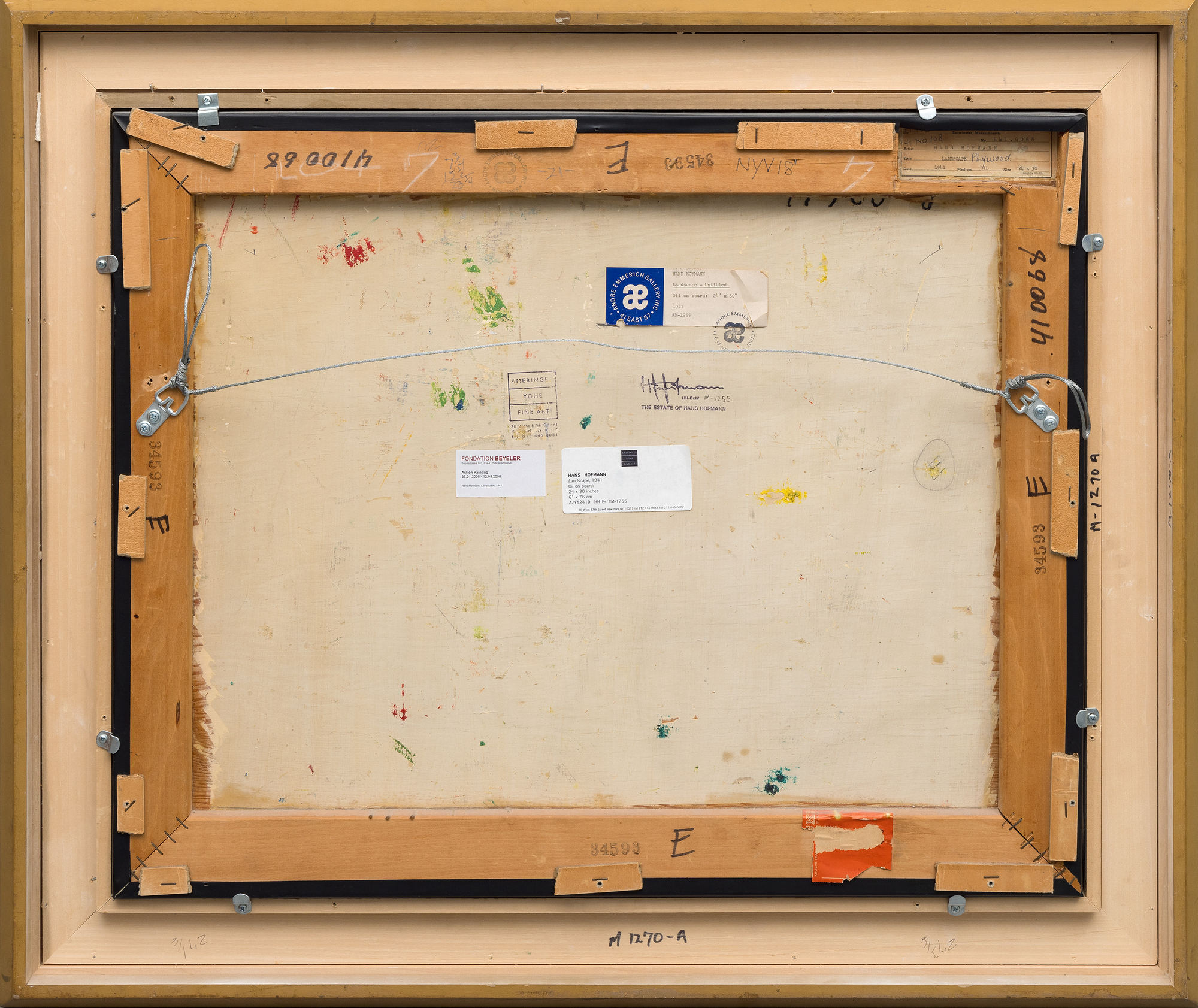
Procedencia
Propiedad del artistaGalería Andre Emmerich, Nueva York, 1971
Colección Maryann Youngren, 1971-1980
Christie's, Nueva York, 16 de mayo de 1980, lote 7
Colección privada, 1980-1998
Galería Andre Emmerich, Nueva York, 1998
Ameringer Fine Art, Nueva York, 1998
Colección privada, 1998-2008
Ameringer Yohe Fine Art, Nueva York, 2008
Colección privada, Nueva Jersey
Exposición
Suiza, Riehen y Basilea, Fundación Beyeler, Action Painting - Jackson Pollock y el gesto en la pintura, 27 de enero - 12 de mayo de 2008...Más....
Literatura
Fundación Beyeler, Action Painting, Ostfildern, 2008, nº 26, p. 68 (ilustrado en color)Suzi Villiger, Hans Hofmann: catálogo razonado de pinturas, volumen II, Surrey, 2014, HH cat. nº 1253-1941, p. 202 (ilustrado en color)
...MENOS....


